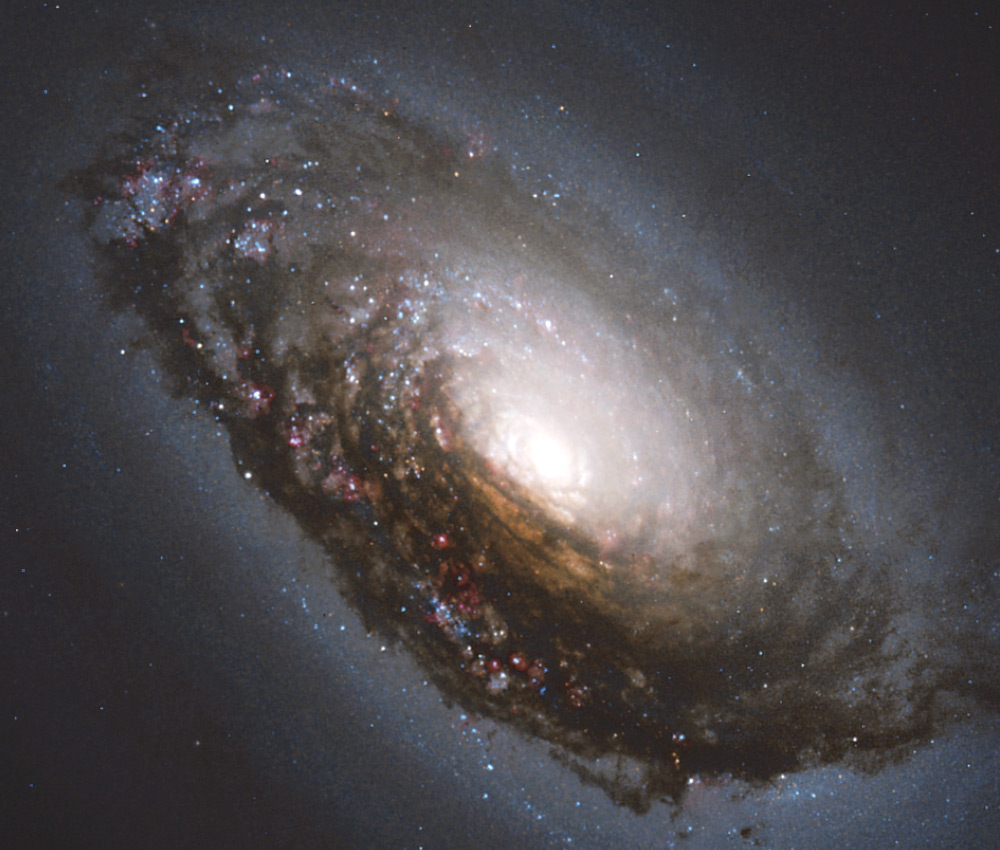The quest for dark matter
A pilot to demonstrate the effectiveness of the technologies developed
To demonstrate the effectiveness of its current developments, ODISSEE is working on the specifications of a pilot combining the use of both the SKAO and the HL-LHC: the search for evidences on the nature of dark matter.
Dark matter is a hypothetical form of matter that neither produces nor absorbs light, making it invisible to telescopes. Its existence is strongly suggested by a number of observations. For example, the rotation curves of spiral galaxies show that the outer stars rotate much faster than the gravity of visible matter could explain. This suggests the presence of some additional mass that is invisible to us. There is also more gravitational lensing than visible matter alone could explain, where light from distant objects is distorted by clusters of galaxies. Dark matter therefore interacts mainly through gravity and possibly through weak interactions.


To detect dark matter, we need to use both indirect and direct methods. Experiments at the Large Hadron Collider (LHC) search for dark matter at the macro level, looking for signs of its production or interaction in collisions, for example by searching for missing energy or momentum in the decay products of B hadrons.
More directly, astronomical surveys using radio telescopes map the distribution of dark matter in the Universe, providing clues on its nature and distribution. The future powerful observational capabilities of the SKAO will reveal the abundance of dark matter in the early universe.
By combining these different methods, scientists hope to unravel the mystery of dark matter and better understand its role in the evolution and structure of the Universe. For example, scientists can compare the masses and couplings of dark matter particles inferred from the LHCb upgrade with the masses and densities of dark matter halos inferred from the SKA to test the consistency and validity of the models.
However, to maximise sensitivity and thus the probability of success, the raw data must be processed as close to the detector as possible, using technology that ensures system stability over very long runs and with enough flexibility to handle a wide range of signal topologies. As a result, these scientific programs will require the ability to process unprecedented amounts of unstructured and time-varying data online.
The ODISSEE project will investigate how to specify the technical elements for carrying out combined research on the two instruments, LHCb and SKAO.
News and events
Follow us
ODISSEE Webinar: how to shape trust in the age of data deluge and AI-driven processing?
Join us to learn about the future of online data processing in the realm of giant research infrastructures ! In this 45-minutes webinar we will...
Launch of EU-funded project ODISSEE
The ODISSEE project, funded by the European Union, aims to develop innovative technologies and methodologies to process the unprecedented volume of...




